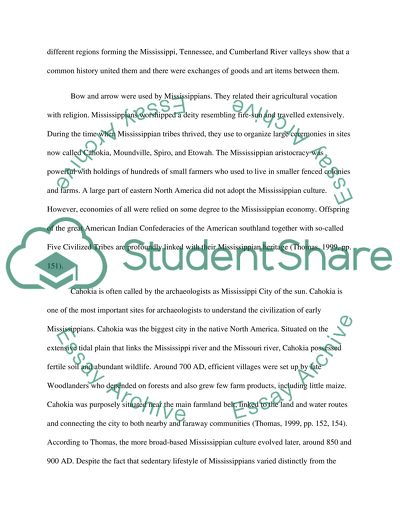Cite this document
(“The Mississippi River Essay Example | Topics and Well Written Essays - 1500 words”, n.d.)
Retrieved from https://studentshare.org/education/1426568-the-mississippi-river
Retrieved from https://studentshare.org/education/1426568-the-mississippi-river
(The Mississippi River Essay Example | Topics and Well Written Essays - 1500 Words)
https://studentshare.org/education/1426568-the-mississippi-river.
https://studentshare.org/education/1426568-the-mississippi-river.
“The Mississippi River Essay Example | Topics and Well Written Essays - 1500 Words”, n.d. https://studentshare.org/education/1426568-the-mississippi-river.


